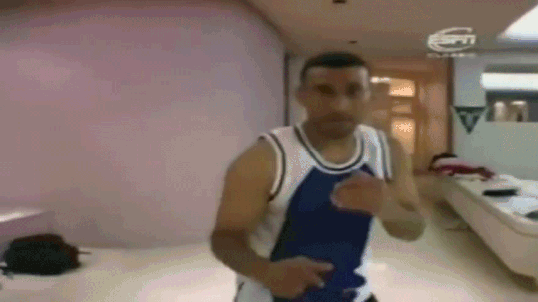rojcewiczj wrote:Bhassler wrote:
If you define "spine movement" broadly enough to include stepping or, in fact, all movement of the body, then your model will be both accurate and not very useful. It may be helpful to an individual to think of things that way in their own mental vernacular, but if you make blanket statements like "CMA is based on maximizing the back's ability to neutralize", then you're automatically going off the rails into language that sounds pretty but doesn't really help anyone. You've essentially just replaced terms like "dantian" or "chi" with something that appeals to your own world view.
The usefulness lies within the methodology I tried to describe in the initial post. Its not about moving your back/dantian/or chi in such a way as to generate power, but in such a way as to create disadvantage for your opponent on contact. This means minding your position and your engagement relative to your back. First of all you mind your position relative to your back and seek to undermine your opponent by changing that position relative to their actions. Your limbs act as extensions of the passive/positional power of your back. You never worry about generating force, you only concern yourself with adjusting your position, including limbs, to your opponent. The power is in shutting down your opponents actions, not purely in the force you generate.
I think that people who are interested in generating more force, should get into another martial art tradition. I don't doubt that Jack Dempsey or Mike Tyson were maximizing the force of there punchs. Given the difference in CMA's from the boxing of Tyson or Ali or whoever, you can understand that CMA doesnt have the same goal in a punch as boxing. Getting hit by a CMA punch should be like falling on a spear thats stuck in the ground, the spear didnt launch at you but you still get stabbed. I find it strange that people on the forum look to western boxing for their wisdom, when you can go to a boxing forum and talk about boxing.
To reiterate, CMA at its best is much closer to a kind of wrestling system, then it is to boxing/kickboxing in a modern sense. The postures of the forms can neutralize, entangle, disrupt, throw down and more if you are flexible enough in adjusting your back and overall position to your opponents action.
rojcewiczj wrote:Lately, I've been finding a good amount of success teaching people a simple method or CMA. The first step is to move your back until the opponent becomes light for a moment, then you can attack with everything and anything you can.
Is this not rollback/press (lu, ji)? That is similar mechanics to the pull counter in boxing, MMA, etc. Mike Tyson and Dempsey did not just attack. They used feints, pull counter, defense, etc. Many people DKSAB.
The first step is to move (e.g., fold, open, close) your kua (inguinal crease), then your back/shoulder/waist rotates for defense and offense via weight shifting. This method is not exclusive to CMA. Although, there may be other methods.
Excerpts from "DISTINGUISHING THE HIP AND WAIST:"
Sam Masich wrote:While kua can be translated directly as hip it refers more to the hip-crease (inguinal crease), the natural fold which stretches up diagonally, outward from the perineum-huiyin, to the juncture between the top of the hip bone and the base of the outer pelvis. It runs along the same path as the inguinal ligament. Obviously there is one kua for each leg but it can be helpful to note that both kua stem from the same place, the huiyin. Realizing this, it is much easier to be consistently aware of the natural movement of the hip-crease as it opens and closes. ...
We do not try to move the hips in relation to force but, like the axle of a wheel, allow them to rotate as a matter of course. Usually it is the passive rotation into one hip which causes the passive rotation out of the other hip. This is often described as folding the hip or kua.
https://www.youtube.com/watch?v=wR8nt1aDHLQ








